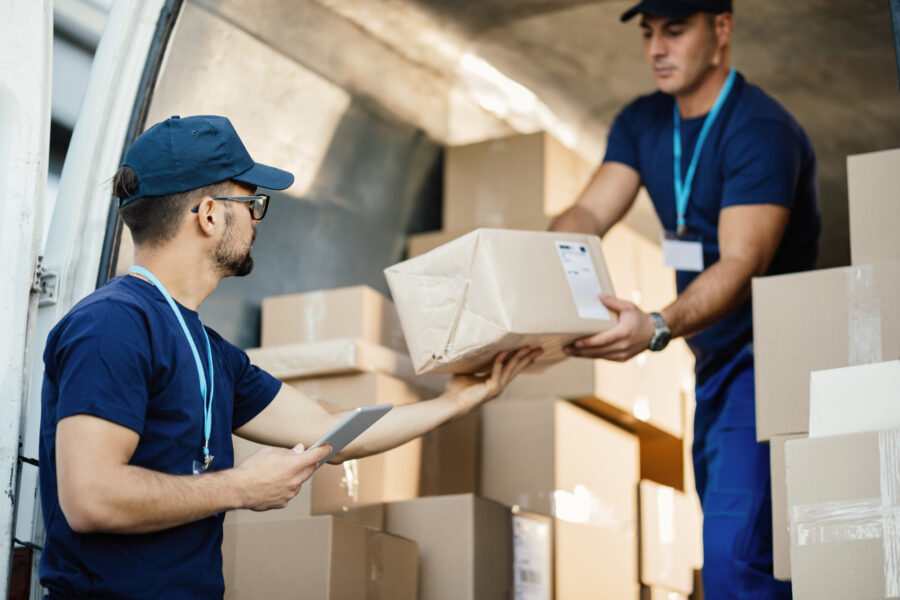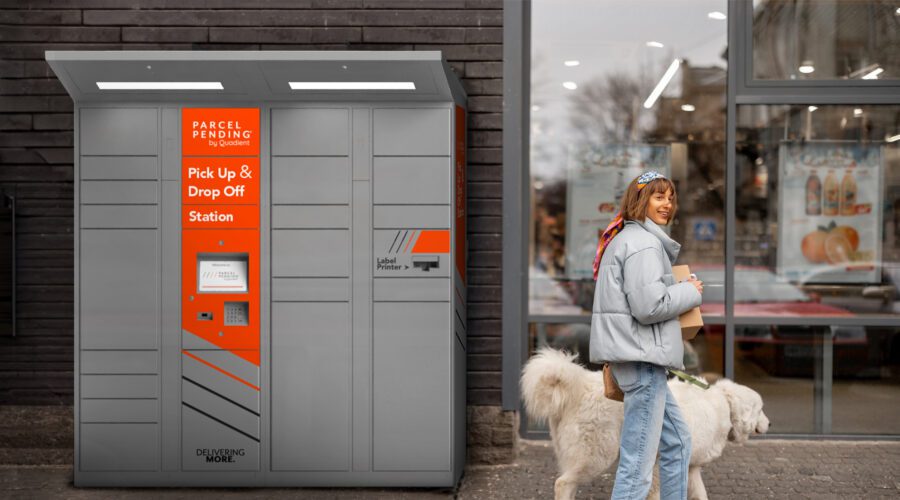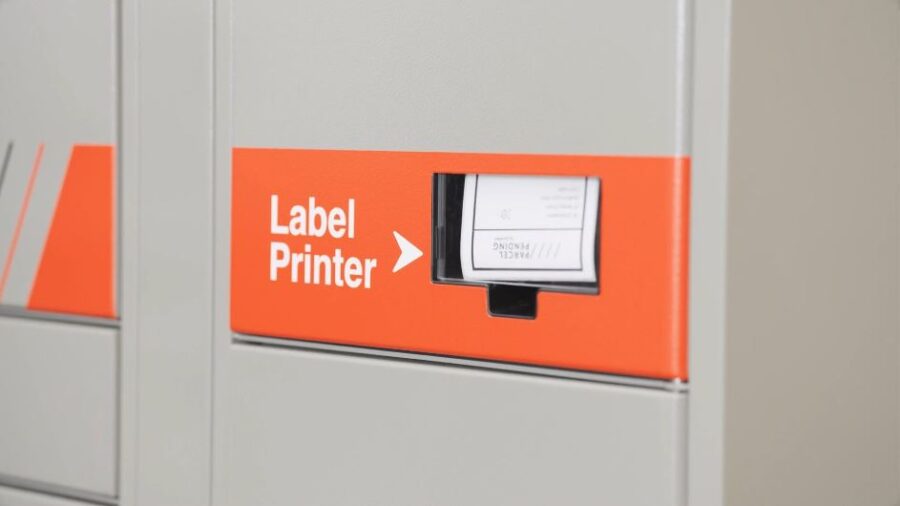
Carrier
Can Automating In-Store Returns Give Retailers a Competitive Edge?
Written by: Alexandrea Purvis
4 Min Read
Published: July 13, 2023
Updated: January 29, 2025
Retailers are feeling the strain of scaling their businesses to meet the rising consumer demand for returns spurred by growth in e-commerce. Inefficient, traditional return methods, increased returns, and sustainability initiatives are areas that retailers have been challenged to improve in order to better differentiate themselves and become more successful by changing returns from the cost of doing business into new opportunities.
Recently, Gary Winter, Vice President, Strategic Initiatives – Quadient, presented at the Develop Europe in Amsterdam. His presentation touched on many challenging areas for retail returns, focusing on the increased importance of parcel lockers within retail strategies. Below we look at three key takeaways from his presentation.
-
Lockers increase store efficiency and improve customer satisfaction
The integration of parcel lockers for Click-and-Collect orders has been widely accepted and has opened up new opportunities for returns. By unifying deliveries and returns to a single locker location, retailers have enjoyed a key benefit: customer experience. Customers want choice in when and how they receive an order or make a return, and parcel lockers have directly contributed to improving NPS scores, with some retailers experiencing a 36-point increase in their NPS. In addition to customer experience, retailers have seen an uptick in additional revenue, with 15% of customers making an additional purchase when completing an in-store return for online purchases and 19% when picking up an online order. As noted by Gary, “The customer is more satisfied when they’re able to do their parcel collection and returns in an automated way. They will also have a more positive attitude towards the store and hopefully make an additional purchase when visiting.”
-
Open Locker Networks are the future for convenient delivery and returns
Open Locker Networks (OLN) are creating the best opportunities for retailers and logistics partners to offer low-cost, efficient, and sustainable deliveries and returns. While there are different OLN offerings, the most interesting is a shared model. Within a shared network, a portion of the indoor or outdoor locker is made available for the exclusive use of the host or retailer, and the other portion is used within the Open Network. An example of a successful shared network is Decathlon’s locker offering, with Gary noting, “Decathlon has embraced a multi-carrier approach by making part of their lockers accessible to their customers and customers who may have bought from competitors. Offering this service is beneficial for all parties involved, as customers have a positive experience with the locker that encourages future use, plus the opportunity that customers will go into the store after collecting their item for a higher chance of a new purchase being made. This creates a win-win for everyone.”
Shared Open Networks are growing in success because they offer the exclusivity of deliveries and returns for a retailer’s brand as well as additional revenue opportunities by opening them up for deliveries and returns for other retailers and carriers. Gary highlighted the successful network created by Parcel Pending by Quadient in Tokyo, as well as its current replication in the United Kingdom (UK), noting that “Currently in the UK, we have four major global carriers who have signed on, including Evri, DHL, DPD, and a large American carrier who will be joining in the future.” With the expansion of the Open Locker Network in the UK alone, 1.4 to 1.5 billion parcels could be potentially coming into the UK’s Open Locker Network. This creates a “unique, convenient offering for British consumers, from these four huge carriers, to come to one location to collect or return a delivery.”
-
Parcel lockers offer increased environmental benefits
Parcel lockers are critical for retailers and carriers with specific sustainability targets and goals, as the last-mile delivery and reverse logistics are the most expensive part of the journey and are the most significant contributor to air pollution, roadway congestion, and CO2 emissions. Parcel lockers become even more beneficial when they are integrated within a dense Open Locker Network. As stated by Gary, “Co2 emissions and costs are inextricably linked. Most Co2 emissions are from fuel, and carriers would rather use less fuel in addition to decreasing their stops. It’s not just doing it because it’s the right thing to do. It is the right thing to do. But there is a bottom-line impact as well. If you can start driving out fuel consumption from a parcel delivery operation, you’re going to hit your carbon neutral target more quickly, and you’re going to save significantly on cost.”
Parcel lockers offer flexible opportunities for retail returns and deliveries
Returns present retailers an opportunity to not only lower business costs but also to boost customer satisfaction. By implementing efficient and convenient deliveries and returns through parcel lockers within an Open network, such as Parcel Pending by Quadient’s Open Network, retailers will create improved operational efficiencies, lower costs, and meet environmental targets. As retailers look to remain competitive, having a strong delivery and return offering that provides customers with the convenient experience that they seek is no longer a cost of doing business but a flexible opportunity to differentiate from the competition and increase customer satisfaction.
Click here to watch Gary Winter’s full presentation to learn more about how your retail business can gain a competitive edge by automating in-store returns.
Ready to learn more? Contact a Parcel Pending representative today and ask about our Open Locker Network.



